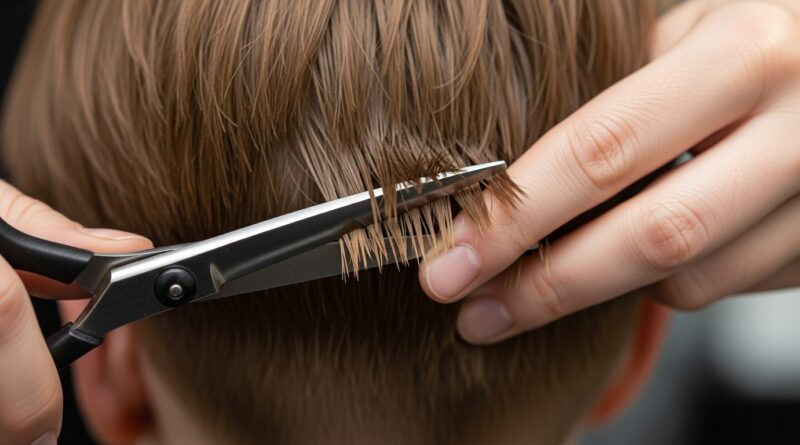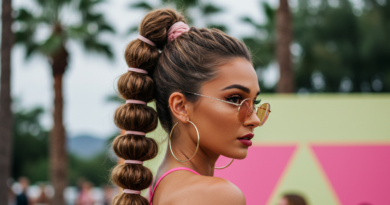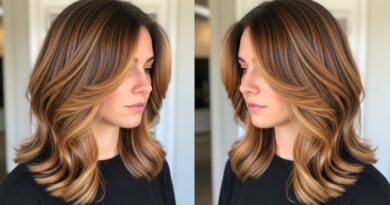How to Get choppy pixie Hair That Looks Effortless (But Isn’t)
You’ve seen it on runways, red carpets, and that impossibly cool woman at your local coffee shop. The choppy pixie cut. It’s a hairstyle that screams confidence, a little bit of rebellion, and a whole lot of I woke up like this nonchalance. But here’s the secret every stylist knows: that perfectly imperfect, textured, and piecey look is anything but accidental.
A choppy pixie is a masterclass in controlled chaos. It’s a haircut that requires precision to look haphazard, strategy to appear spontaneous, and a bit of daily effort to maintain its devil-may-care attitude. If you’re ready to take the plunge and trade length for an explosion of personality, this guide is for you. We’re breaking down everything you need to know—from the consultation to the styling—to get that choppy pixie hair that looks effortless, but most definitely isn’t.
What Exactly is a Choppy Pixie?
Let’s first distinguish a choppy pixie from its more polished cousins. A classic pixie is often sleek, uniform, and sharp—think Audrey Hepburn or Mia Farrow. A choppy pixie, on the other hand, is all about deconstruction. It’s defined by its uneven lengths, heavily layered texture, and deliberate separation of strands. The goal is to create movement, volume, and a sense of playful disarray.
The magic lies in its versatility. By using techniques like point cutting, texturizing shears, and razor cutting, a stylist can remove bulk and create those signature “pieces” that frame the face, stick out just right, and catch the light. This isn’t a blunt cut; it’s a sculpted work of art designed to look artfully undone.
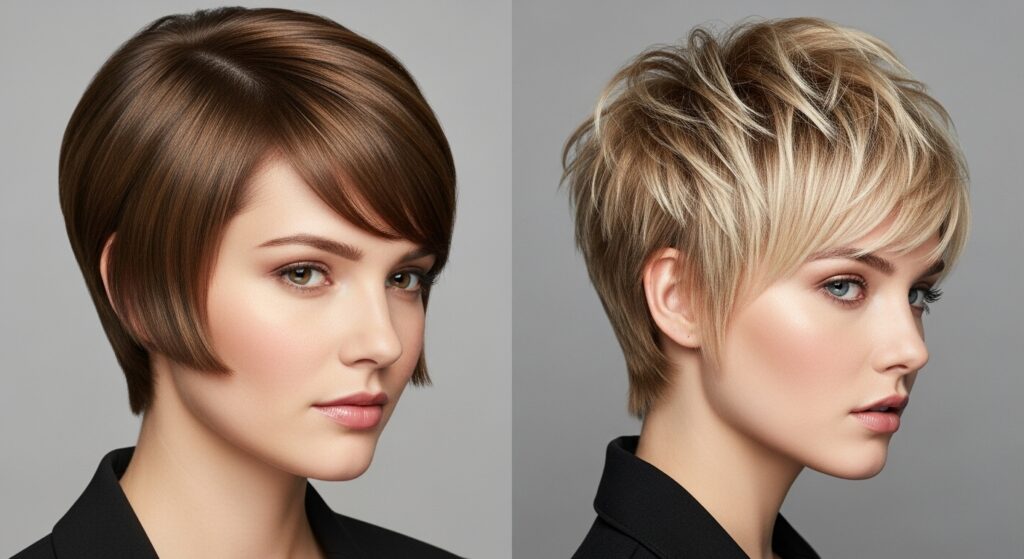
The All-Important Consultation: Talking to Your Stylist
This is the most critical step. You cannot walk into a salon and just say “give me a pixie.” To achieve the choppy look, you need a collaborative plan. Come armed with inspiration photos—Pinterest and Instagram are your best friends here. Look for images that show the texture and movement you crave, not just the overall shape.
Key phrases to use with your stylist:
“I want a lot of texture and piece-y-ness.”
“Let’s use layers to create volume and movement, especially on top.”
“I’m looking for an undone, lived-in feel, not something too clean or geometric.”
“Can we use point cutting or a razor to soften the ends and avoid a helmet-head look?”
Also, be open about your hair type. Choppy pixies work wonderfully on fine hair as the layers create the illusion of thickness. For thick hair, texturizing is essential to remove weight and prevent a pyramid effect. Your stylist’s expertise in adapting the cut to your specific hair texture is paramount.
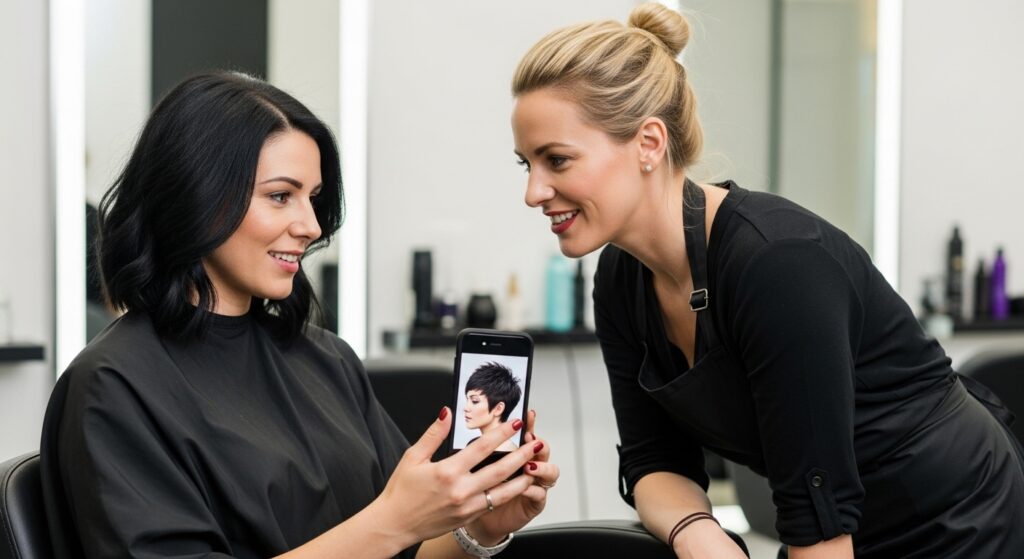
The Anatomy of the Cut: Techniques for Perfect Choppiness
So, what is your stylist actually doing to achieve this look? It’s a combination of advanced techniques.
Heavy Layering: This is the foundation. Unlike long layers, the layers in a choppy pixie are short and concentrated, particularly on the crown and top of the head. This creates height and allows shorter pieces to fall throughout the longer ones.
Point Cutting: Instead of cutting straight across, the stylist holds the shears vertically and snips into the ends of the hair. This creates a soft, irregular edge that eliminates harsh lines and contributes significantly to the “choppy” effect.
Texturizing/Thinning Shears: These specialized shears have teeth on one blade and are used selectively to remove bulk from specific sections without shortening the overall length. This is crucial for creating separation and allowing pieces to stand alone.
Razor Cutting: Using a razor blade instead of shears can create incredibly soft, feathered ends and wispy pieces. It’s a fantastic tool for adding a final layer of effortless texture, but it requires a skilled hand.
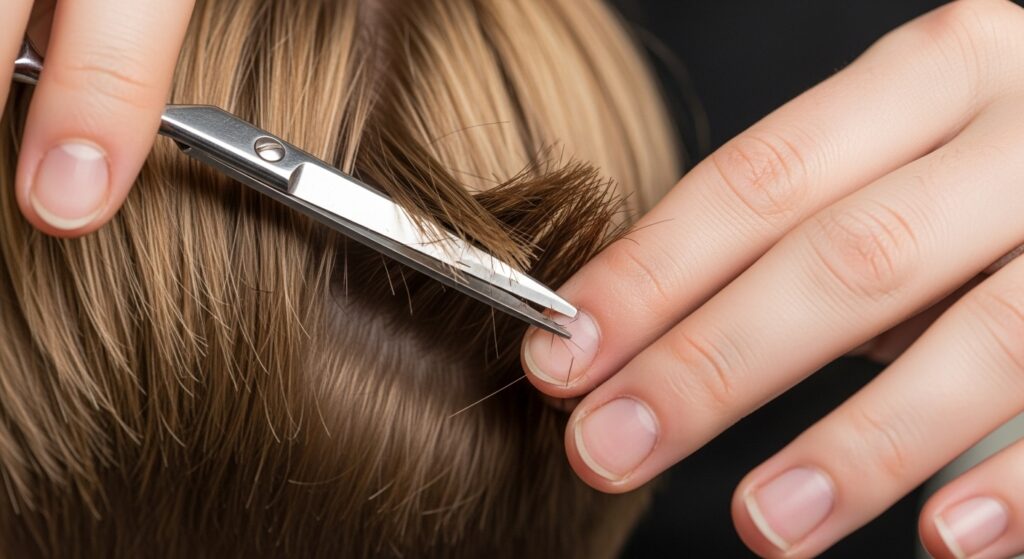
Styling Your Choppy Pixie: The “Effortless” Routine
This is where the “but isn’t” part of our title truly comes to life. Your morning routine will be short, but it must be intentional. The goal is to enhance the cut’s natural texture, not fight it.
Step 1: The Right Products Ditch the heavy gels and waxes that create a slick, helmet-like finish. You need products that add separation, definition, and a flexible hold.
Texture Spray or Sea Salt Spray: Your new best friend. Spritz onto damp or dry hair to build grit, volume, and that beachy, piece-y texture.
Pomade or Wax: Use a tiny amount (emphasize tiny) rubbed between your palms and fingers to define individual pieces around the face and crown. Look for a matte finish for that truly undone look.
Volumizing Mousse: Applied to damp roots before blow-drying, this gives your pixie the lift it needs to stand up and away from your head.
Step 2: The Art of the Blow-Dry You don’t need a round brush for a perfect sphere. Instead, use your fingers. Tilt your head forward and blow-dry the roots at the crown for instant volume. Then, use your fingers to scrunch and tousle the lengths as you dry. For more defined pieces, you can use a small, flat nozzle attachment to direct airflow and lift specific sections.
Step 3: The Finishing Touches Once your hair is about 90% dry, it’s time for product. Spray texture spray throughout, focusing on the mid-lengths to ends. Then, use your pomade to piece out specific sections—twist a few strands in the front, define your bangs, or make a piece at the crown stick up just so. The key is to work in small, deliberate motions to create the overall illusion of chaos.
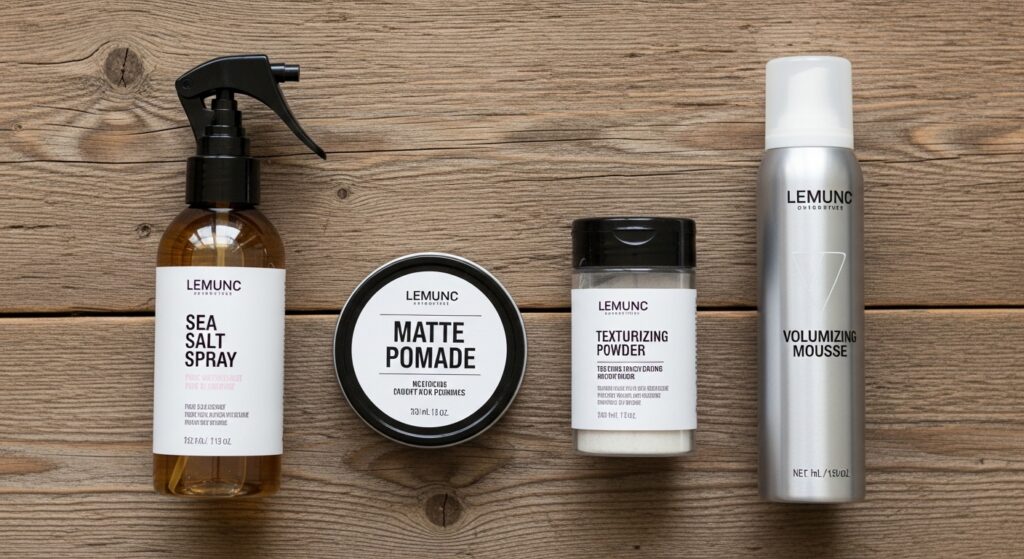
Maintaining the Magic: Trims and At-Home Care
A choppy pixie grows out fast, and when it does, it can lose its shape and become mullet-like. Plan for a trim every 4-6 weeks to maintain the sharpness of the layers and the overall silhouette. This is non-negotiable if you want to keep the look fresh.
Your at-home care routine also matters. Since your hair will be subjected to more frequent washing and styling, invest in a good quality shampoo and conditioner. A weekly clarifying shampoo can help remove product buildup, and a deep conditioning treatment will keep your hair healthy and strong, allowing those choppy ends to look intentional, not damaged.
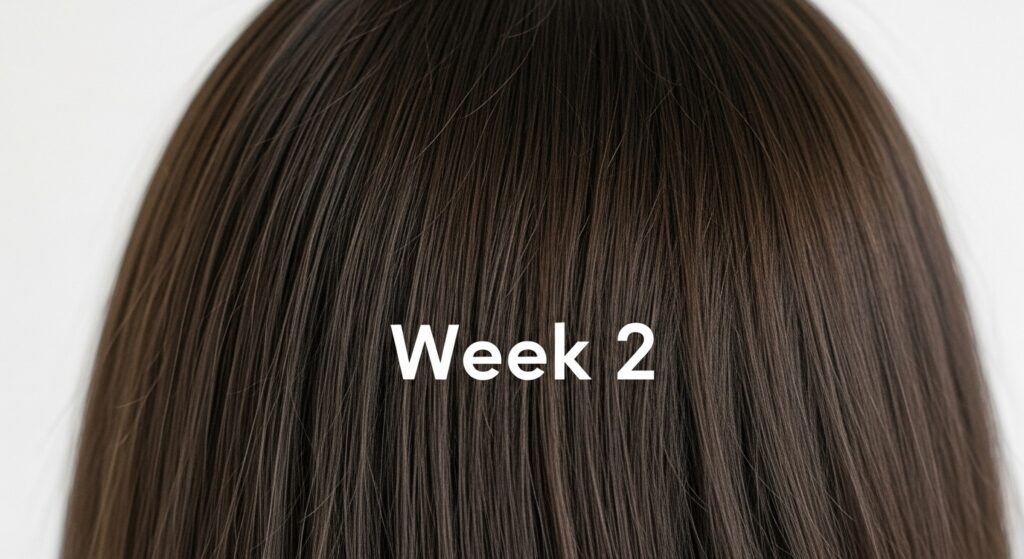
Is the Choppy Pixie Right for You?
The choppy pixie is a bold and liberating cut, but it’s not a one-size-fits-all solution. It works beautifully with most hair types, from straight to wavy, and can be adapted for curly hair (though the result will be a different, amazing kind of texture). It particularly flatters heart-shaped, oval, and square face shapes, as the pieces around the face can be tailored to soften angles and highlight cheekbones.
Beyond the physical, consider the commitment. It’s a hairstyle that demands confidence and a willingness to stand out. It requires a consistent styling routine and regular salon visits. But for those who embrace it, the reward is a hairstyle that is uniquely yours—full of life, personality, and that coveted cool-girl effortlessness that you now know is a beautifully crafted illusion.
